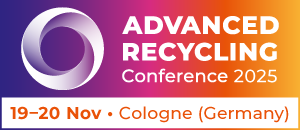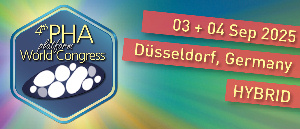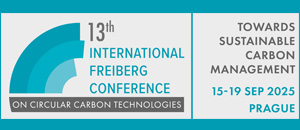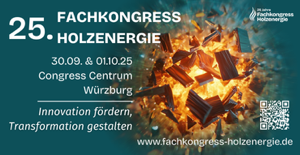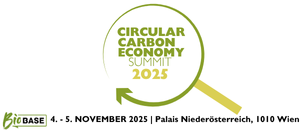
© ReportArch I Andrea Ferro Photography
The Fraunhofer WKI, in collaboration with the University of Stuttgart, the Laser Zentrum Hannover and industrial partners, has produced a column made from natural-fiber-reinforced bioplastic by means of 3D printing. The column is currently on display at the Biennale in Venice. With the column, the researchers are demonstrating that 3D-printed materials are also suitable for large components in architecture.
The column is part of the “Materials as a Design Tool” exhibition. The projects on display there highlight the application possibilities for biomaterials, for example for the construction sector. The column demonstrator is made from sustainable materials and is recyclable. It therefore fulfills the goal of creating a circular economy for materials which are utilized in architecture and which are in line with the United Nations Sustainable Development Goals.
“With our demonstrator, we are providing proof that it is possible to produce large-scale components on the basis of renewable raw materials in a material-efficient manner by means of the 3D printing process,” said Dr. Arne Schirp, Project Manager at the Fraunhofer WKI.
The column was developed in collaboration with project partners under the leadership of the Institute of Building Structures and Structural Design (ITKE) of the University of Stuttgart as part of the “3DNaturDruck” project. The interdisciplinary research project focuses on the architectural application of 3D-printed materials incorporating biopolymers and natural fibers. The fields of architectural design, engineering, and digital manufacturing are to be linked with one another in order to create a new materialization process.
The “3DNaturDruck” project
Large-format 3D printing is playing an increasing role in the construction industry. The additive manufacturing process enables in particular complex and individual components to be manufactured with savings in materials and costs. Furthermore, the items can be freely designed and, if thermoplastic base materials are used, they can also be excellently recycled. As a result, completely new, highly efficient construction elements are also conceivable and feasible.
In the project, the researchers are focusing on the extrusion-based 3D printing process “Fused Deposition Modeling (FDM)”, using short and continuous-fiber filaments on the basis of natural fibers. The application of this technology in architecture is aimed at two different intended purposes:
- the simplified production of established components such as façade elements, free-form furniture or partition walls
- the development of novel, highly efficient components for completely new architectural components such as load-bearing ceiling elements
The fundamental task for the Fraunhofer WKI involves the development of bio-based compounds and filaments for the production of components for interior outfitting by means of the FDM process.
The “3DNaturDruck” project will run until mid-2024.
“For the demonstrator at the Biennale, we utilized short-fiber-reinforced filaments. In the further course of the project, we will be working on the development of continuous-fiber filaments, and plan to print a demonstrator using these as well,” said Dr. Schirp.
More information
The exhibition is located in Palazzo Mora on the second floor, room 2.
Address: Strada Nova, 3659, 30121 Venice, Italy. The exhibition will run from 20th May to 26th November 2023; admission is free. For more information regarding the exhibition venue, please visit:
www.labiennale.org/en/noticeboard/402
Source
Fraunhofer WKI, press release, 2023-08-31.
Supplier
Fraunhofer-Institut für Holzforschung Wilhelm-Klauditz-Institut WKI
Institut für Tragkonstruktion und Konstruktives Entwerfen (ITKE)
Laser Zentrum Hannover e.V. (LZH)
Universität Stuttgart
Share
Renewable Carbon News – Daily Newsletter
Subscribe to our daily email newsletter – the world's leading newsletter on renewable materials and chemicals






